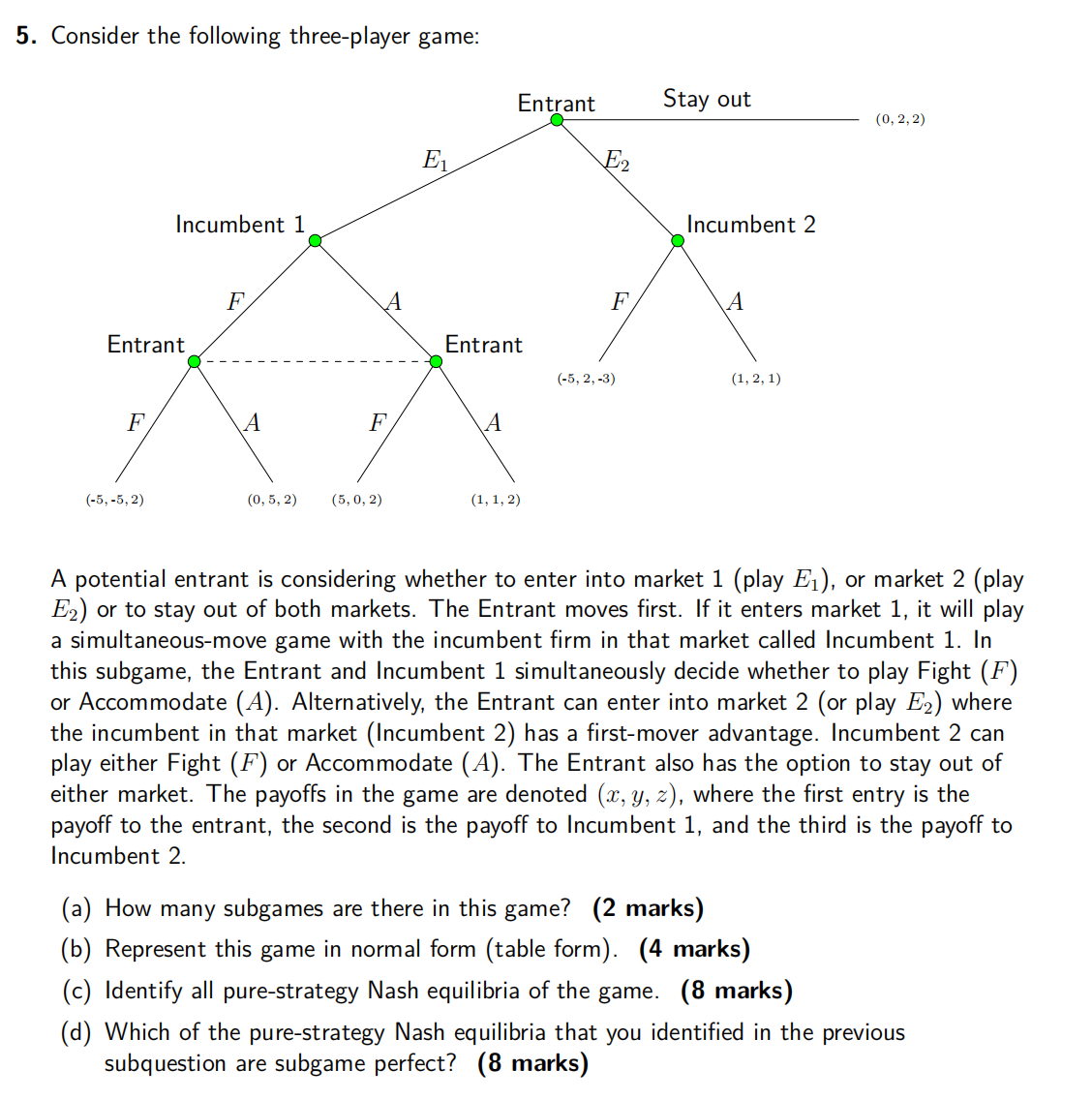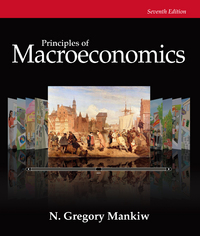Answered step by step
Verified Expert Solution
Question
1 Approved Answer
5. Consider the following three-player game: Entrant Stay out (0,2,2) Incumbent 1 Incumbent 2 Entrant Entrant (1,2,1) (-5,-5,2) (0,5,2) (5,0,2) (1,1,2) A potential entrant is

Step by Step Solution
There are 3 Steps involved in it
Step: 1

Get Instant Access to Expert-Tailored Solutions
See step-by-step solutions with expert insights and AI powered tools for academic success
Step: 2

Step: 3

Ace Your Homework with AI
Get the answers you need in no time with our AI-driven, step-by-step assistance
Get Started


